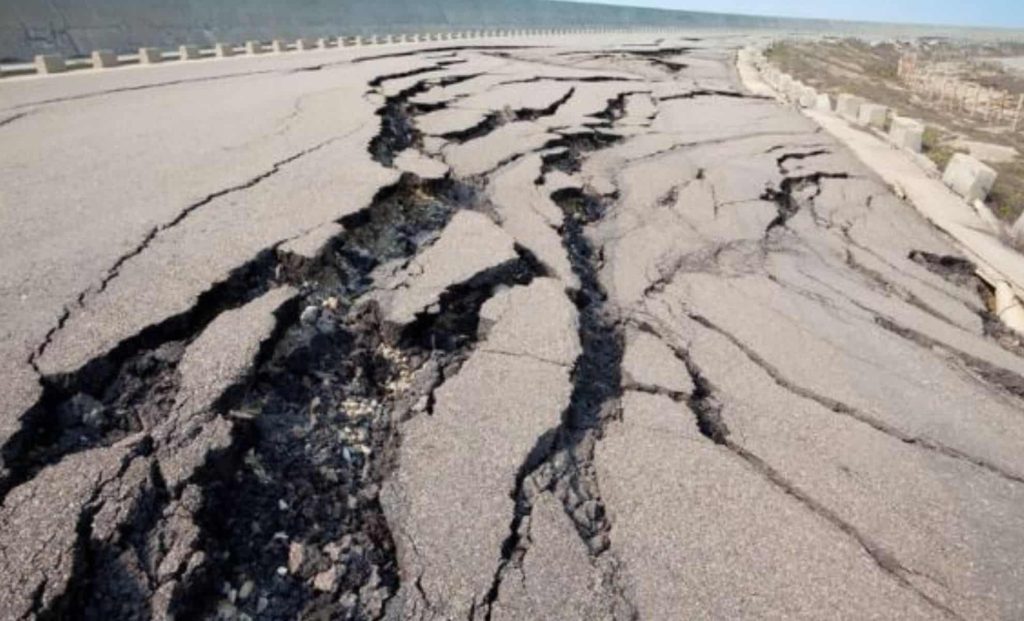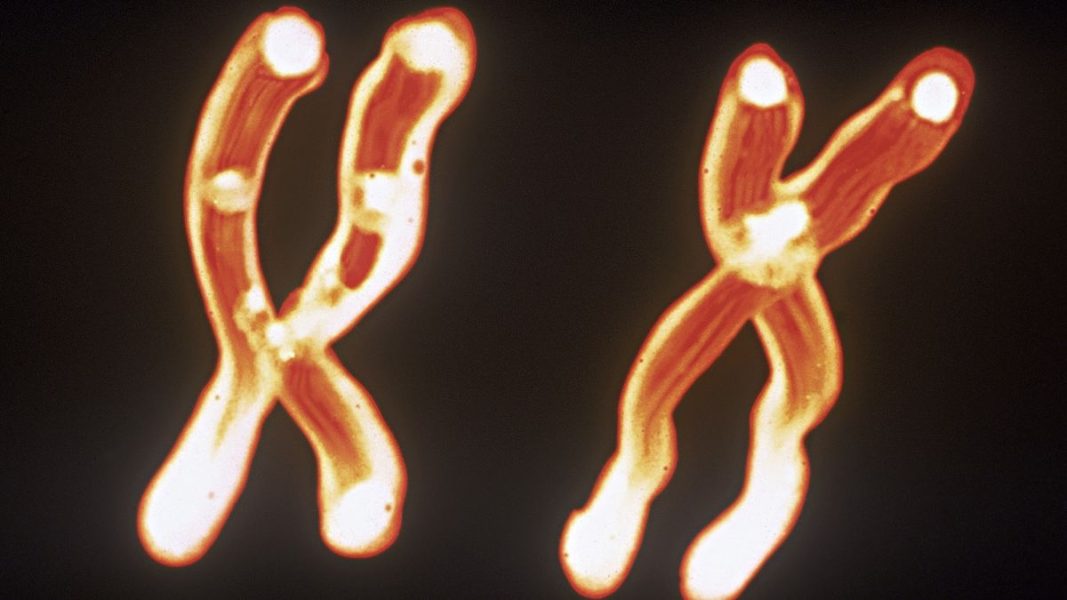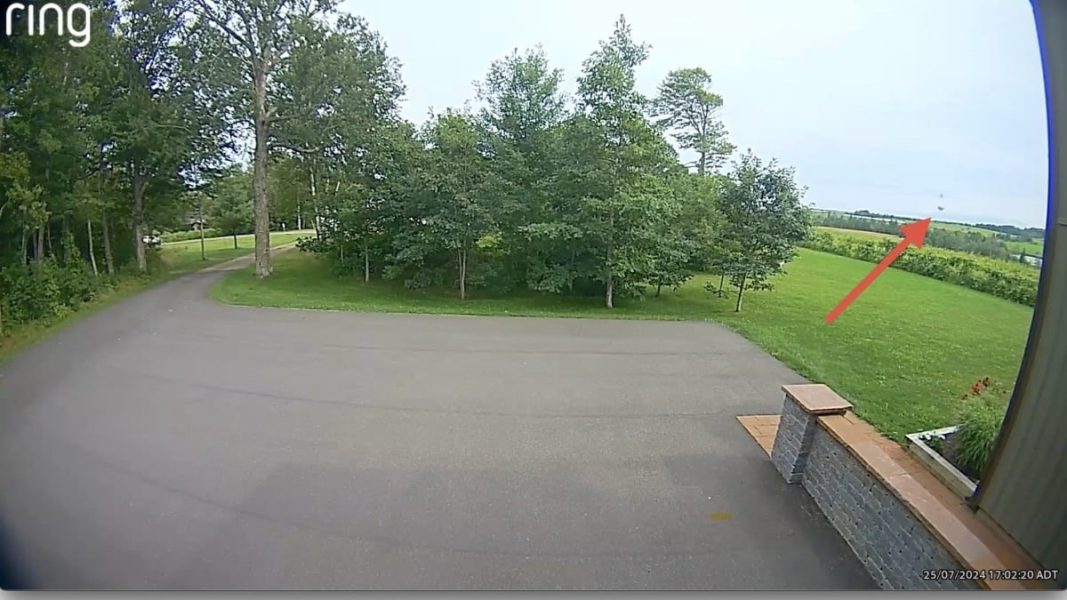New Research Reveals Silent Signals That May Help Predict Earthquakes in Advance – The Daily Galaxy –Great Discoveries Channel

A groundbreaking study has revealed a hidden mechanism that may explain how earthquakes ignite, offering insights into the slow, creeping motions that precede catastrophic ruptures. Could this discovery unlock new possibilities for predicting these devastating events? Read on to explore the science behind the shake.A groundbreaking discovery in earthquake science is shedding light on the hidden processes that trigger seismic events, offering new hope for improving prediction and preparedness. Researchers at The Hebrew University of Jerusalem, led by physicist Jay Fineberg, have identified a previously unknown mechanism that explains how stress silently accumulates along fault lines over time, ultimately leading to the violent ruptures we experience as earthquakes. This research highlights the critical role of slow, creeping movements, or aseismic motion, that precede seismic activity, uncovering the transitional phase that transforms minor stress into catastrophic energy release. The findings not only deepen our understanding of earthquake physics but also hold promise for the development of early detection systems that could save lives and mitigate damage. By capturing the hidden dynamics of fault lines in remarkable detail, this breakthrough marks a significant leap forward in our ability to anticipate and respond to these powerful natural events.Earthquakes are the result of tectonic plates grinding against one another at fault lines. Over time, stress accumulates as the plates attempt to move, but friction locks them in place. This stress doesn’t vanish; it builds up in the brittle sections of the fault, creating immense pressure until it reaches a breaking point. Fineberg describes this as a delicate and dynamic balance: “The plates are increasingly stressed by the forces trying to move them, but are stuck at the brittle part of the interface that separates them.”The critical question researchers sought to answer was how the rupture process begins. “The fracture process doesn’t happen all at once. First, a crack needs to be created,” Fineberg explained. This crack originates within what scientists call the nucleation zone, a small area where the fault begins to weaken. As this initial crack grows, it eventually transitions into a fast-moving rupture, releasing the accumulated stress in a violent burst of energy—what we experience as an earthquake.To unravel the mystery of how earthquakes ignite, Fineberg and his team turned to laboratory experiments. They simulated fault-like conditions using sheets of plexiglass, a thermoplastic material, to mimic the dynamics of tectonic plates. By applying shear forces to the plates, they recreated the stress and motion that occur along fault lines. “The material composing the contacting plates will not matter,” Fineberg emphasized. “The same physical process will take place in both cases—the explosive spring of the bent plates will release in the same way.”In these experiments, the researchers observed a slow, creeping movement known as aseismic motion, where stress propagates silently without producing seismic waves. This slow creep acts as a precursor to earthquakes, but the transition from silent movement to a sudden rupture was previously poorly understood. Fineberg and his team discovered that the crack behaves like a two-dimensional patch, rather than a one-dimensional line as traditionally thought. As the patch grows, the energy required to expand it increases, delaying the rupture.Eventually, the patch reaches a critical point where excess energy accumulates, triggering what Fineberg described as the “explosive motion of the crack.” This transition marks the beginning of a seismic event, where stress is released rapidly, producing the shaking associated with earthquakes.What makes this research particularly exciting is the ability to observe the hidden dynamics of fault lines in a controlled environment. “In the lab, we can watch this thing unfold and we can listen to the noises that it makes,” Fineberg explained. By studying these aseismic movements and the transition to rupture in detail, researchers hope to identify patterns or signals that precede earthquakes.Such observations are nearly impossible in real-world fault lines. “The question is how does nature create the crack which then becomes an earthquake?” Fineberg said. While tectonic faults undergo similar processes, they often do so over long periods, making it challenging to capture the exact moment of transition. The laboratory setting provides a unique opportunity to analyze these processes in real time, offering insights that could eventually be applied to natural fault systems.The discovery of this hidden mechanism has significant implications for earthquake science and detection. By understanding the slow, silent build-up of stress and the conditions that trigger a rupture, scientists may one day develop methods to detect early warning signs of earthquakes. The ability to monitor aseismic motion along fault lines could provide critical lead time to mitigate damage and save lives.However, Fineberg cautions that applying these findings to natural fault systems will require further research. Many faults experience prolonged periods of aseismic creep without producing earthquakes, making it difficult to differentiate between harmless movements and those that signal imminent danger. Nevertheless, this breakthrough represents a major step forward in understanding the fundamental physics of earthquakes.The study, published in Nature, marks a turning point in how scientists approach earthquake detection and prediction. By focusing on the hidden prelude to seismic events, Fineberg and his team have uncovered a critical piece of the puzzle that could transform our ability to anticipate earthquakes.As research continues, the potential applications of these findings extend beyond seismology. The principles of fracture mechanics explored in this study could also inform the design of safer structures, from buildings to airplane wings, where understanding stress and rupture dynamics is crucial.This breakthrough not only deepens our understanding of how earthquakes work but also opens new possibilities for reducing their devastating impact. As Fineberg put it, “Maybe we can uncover what you can’t really do in a real fault, because you have no detailed information on what an earthquake is doing until it explodes.”Got a reaction? Share your thoughts in the commentsEnjoyed this article? Subscribe to our free newsletter for engaging stories, exclusive content, and the latest news.Comment Save my name, email, and website in this browser for the next time I comment.
© 2024 | Daily Galaxy | All rights reserved
Source: https://dailygalaxy.com/2025/01/new-research-signals-predict-earthquakes/



